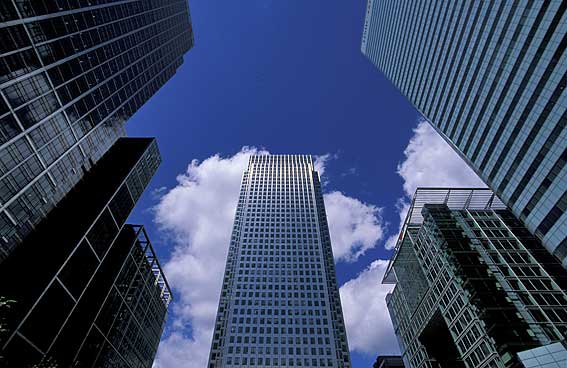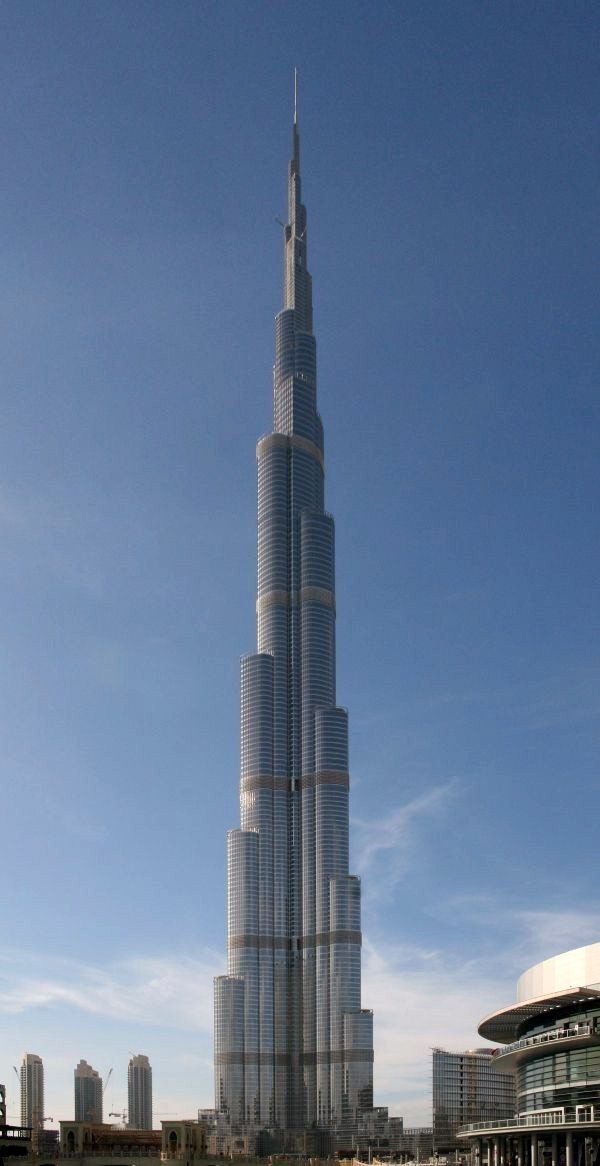
One of my banking colleagues provided me with a major revelation yesterday.
He said: “if you want to spot the next country to be in distress, look for a skyscraper.”
“What?” I responded.
“Every time a capital city builds a major monolith, you know disaster looms”, he expounded.
I thought about it, and then thought: “yes, there might be some truth in this”.
The conversation began with a discussion about the issues in Dubai and hence, when we chatted in awe about the opening of the Burj Khalifah, the world’s tallest skyscraper, the comment arose that every time a city builds such a structure, you know trouble looms.
“The reason for this”, said my banking friend, “is that they start the planning of these structures in the boom times.” He gravely added, “and whenever there is a boom, you know a bust is coming. But the bust occurs just after they finish the building of these white elephants.”
So I thought about the world’s tallest buildings: the Sears Tower, the Empire State Building, our very own Canary Wharf and Malaysia’s Petronas Towers; and sure enough, you can date almost each of these with a bust.
Empire State Building, New York, USA
Completed: 1931
The Great Depression started 1929 but really kicked in in 1931.

Sears Tower, Chicago, USA
Completed: 1973
In 1973, one of the worst stock market crashes occurred since the Great Depression.

Canary Wharf, London, UK
Completed: 1991
Black Wednesday 1992, when the UK had to leave the European Economic & Monetary Union due to a crash in sterling prices. Meanwhile, the UK had moved into recession in 1991 with a property market bust, resulting in the builders of Canary Wharf having to declare bankruptcy.

Petronas Towers, Kuala Lumpur, Malaysia
Completed: 1998
Asian markets meltdown in 1997 and the KL Stock Exchange lost over half of its value during 1997-1998.

Completed: 1st October 2009
Dubai World and Nakheel implode in $80 billion of debt on 26th November 2009.

Pictures sourced from: Our English, David MacDonald, Graphics Hunt, Trip Advisor and Trends Updates.
Chris M Skinner
Chris Skinner is best known as an independent commentator on the financial markets through his blog, TheFinanser.com, as author of the bestselling book Digital Bank, and Chair of the European networking forum the Financial Services Club. He has been voted one of the most influential people in banking by The Financial Brand (as well as one of the best blogs), a FinTech Titan (Next Bank), one of the Fintech Leaders you need to follow (City AM, Deluxe and Jax Finance), as well as one of the Top 40 most influential people in financial technology by the Wall Street Journal's Financial News. To learn more click here...

